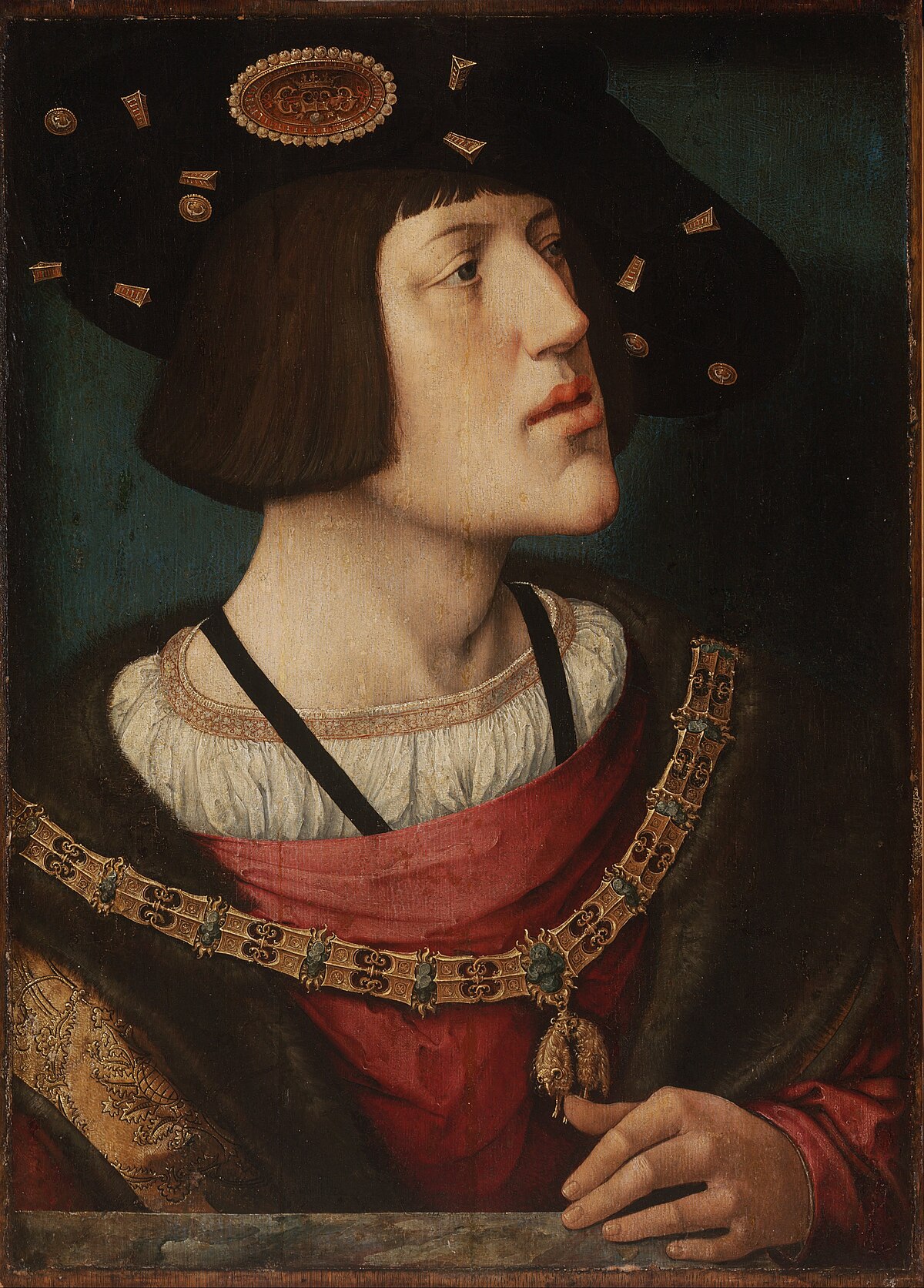
Habsburg Netherlands
Brussels, BelgiumHabsburg Netherlands was the Renaissance period fiefs in the Low Countries held by the Holy Roman Empire's House of Habsburg. The rule began in 1482, when the last Valois-Burgundy ruler of the Netherlands, Mary, wife of Maximilian I of Austria, died. Their grandson, Emperor Charles V, was born in the Habsburg Netherlands and made Brussels one of his capitals.
Becoming known as the Seventeen Provinces in 1549, they were held by the Spanish branch of the Habsburgs from 1556, known as the Spanish Netherlands from that time on. In 1581, in the midst of the Dutch Revolt, the Seven United Provinces seceded from the rest of this territory to form the Dutch Republic. The remaining Spanish Southern Netherlands became the Austrian Netherlands in 1714, after Austrian acquisition under the Treaty of Rastatt. De facto Habsburg rule ended with the annexation by the revolutionary French First Republic in 1795. Austria, however, did not relinquish its claim over the province until 1797 in the Treaty of Campo Formio.
